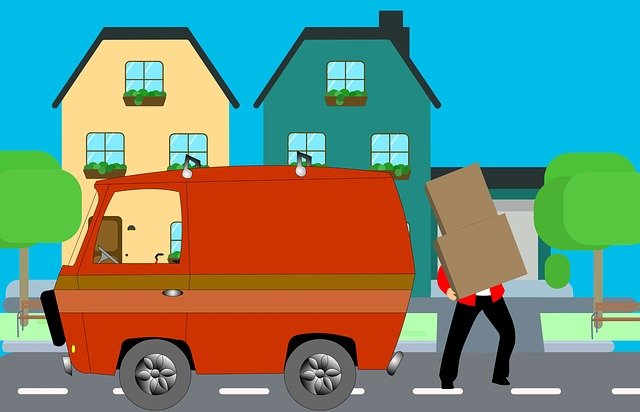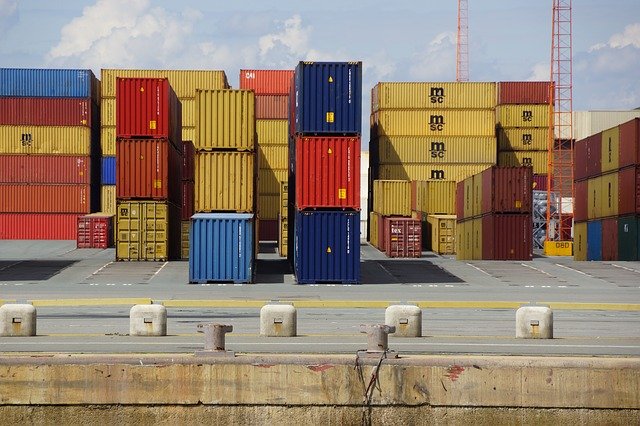A distribution channel represents a chain of businesses or intermediaries
through which the final buyer purchases a good or service. Distribution channels
answering the question "How do we get our product to the consumer?", is in
contrast to the upstream process, also known as the supply chain answering the
question "Who are our suppliers?"
For instance, a manufacturer of home appliances may produce the
refrigerators, but the distribution channel that takes them from factory to
customer is likely to include wholesalers and retailers. These links in the
sales chain are the refrigerators' channel of distribution.
Companies and brands develop various distribution strategies or channel
strategies for their products and services, based on a variety of factors and
potential steps in the distribution process or intermediaries.

How do you choose a distribution channel for your business or product?
Channels are broken into two different forms—direct and indirect. A direct
channel allows the consumer to make purchases from the manufacturer while an
indirect channel allows the consumer to buy the goods from a wholesaler or
retailer. Indirect channels are typical for goods that are sold in traditional
brick-and-mortar stores.
Generally, if there are more intermediaries involved in the distribution
channel, the price for a good may increase. Conversely, a direct or short
channel may mean lower costs for consumers because they are buying directly from
the manufacturer.
First of all, one size of distribution channel does not necessarily fit all
of your products. You may have different approaches within your company. How do
you know which distribution channel is the best for your product or service?
- Look at the product itself.
Does it need to reach the customer quickly? Does it need to be bundled with
other products in order to be useful or attractive? If you' re selling fresh
vegetables from a small farm, your best distribution channel might be direct,
selling at a local farmers' market. If you' re selling a specific piece of home
appliance, you might be better off working with other retailers of the domestic
appliance that complement your product.
- Consider your sales goals.
Are you trying to target a very specific, international population of
enthusiasts? Then maybe a direct channel of distribution
via the Internet geared towards connecting with influencers in the community
may work better than using common strategies. Take propane refrigerators as an
example. Today, propane refrigerators are a popular option for recreational
vehicles, cabins, lake houses, or any place that doesn’t have ready access to
electricity. For those keen on camping lifestyle, chances are that they are
interested in a gas- or propane-powered refrigerator. And also, this kind of
“off-grid” lifestyle may be shared by a group of people. In this situation,
connecting with influencers in the community is more effective than conventional
distribution channels.
But there might already be a retailer that has created a meaningful
relationship with that community and has expertise in this area - in which case,
an indirect distribution channel might be a better bet. Are you trying to
achieve the widest possible audience for your product? Then, perhaps the bigger
wholesalers and retailers are the perfect intermediaries within an indirect
distribution channel.
What are the benefits of having a distribution mix?

Increase sales and brand awareness while reducing risk.
Every small business wants to sell more. Rather than simply thinking of ways
to get more customers into your store, however, start thinking of ways to get
your products or services out to more consumers. One of the best strategies for
gaining more buyers and increasing revenue is to sell through additional venues.
Your small business can choose from a variety of distribution channels, all of
which can affect your target market, product, price and reputation. You may need
to experiment with a mix of distribution options to determine the best strategy
for your company to be successful.
Expanding your distribution channels can be an effective way to increase your
business. These are some advantages of broader distribution channels:
Selling to more customers can raise revenue, cut per-unit costs and boost the
bottom line.
If you’re selling through one channel, you’re putting all your eggs in one
basket. Selling through multiple channels distributes the risk and gives you the
flexibility to experiment with new channels.
Making products available in more locations raises consumer awareness of your
offerings and expands your brand.
Deciding when to invest in a new channel

Rather than investing in new channels, some companies may benefit from
strengthening their existing distribution channels. Evaluate how your current
channels are operating, and make sure they are being managed in the most
efficient way before you invest in a new channel. Finding the right distribution
channel requires an understanding of your customer base. Figuring out the best
way to get your product in front of consumers takes time and requires some trial
and error, but having an effective distribution channel can be your key to
success.


